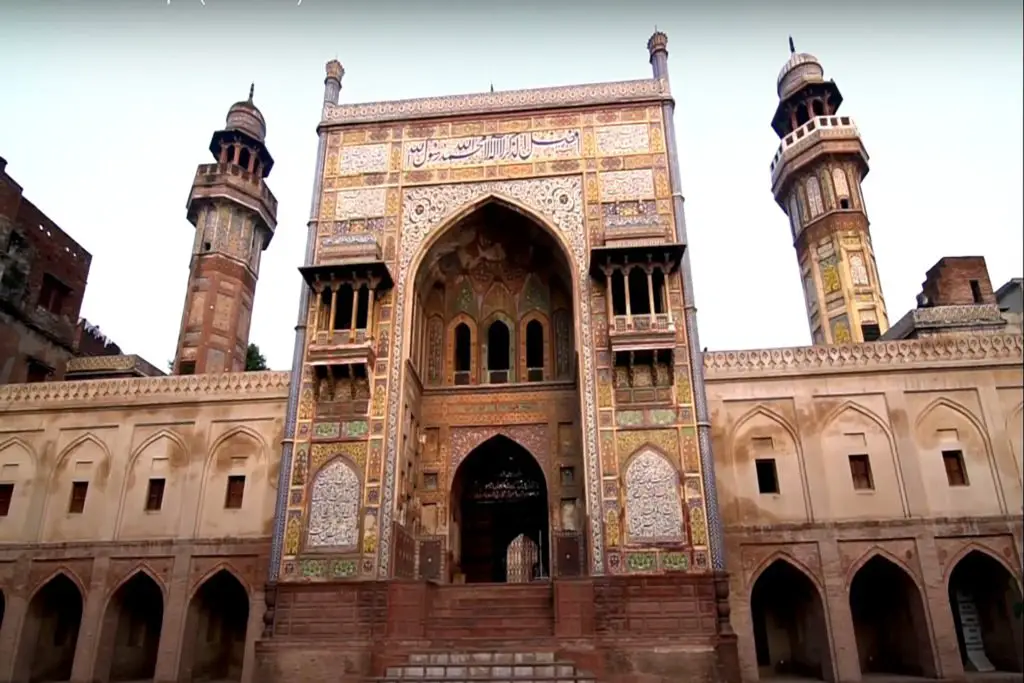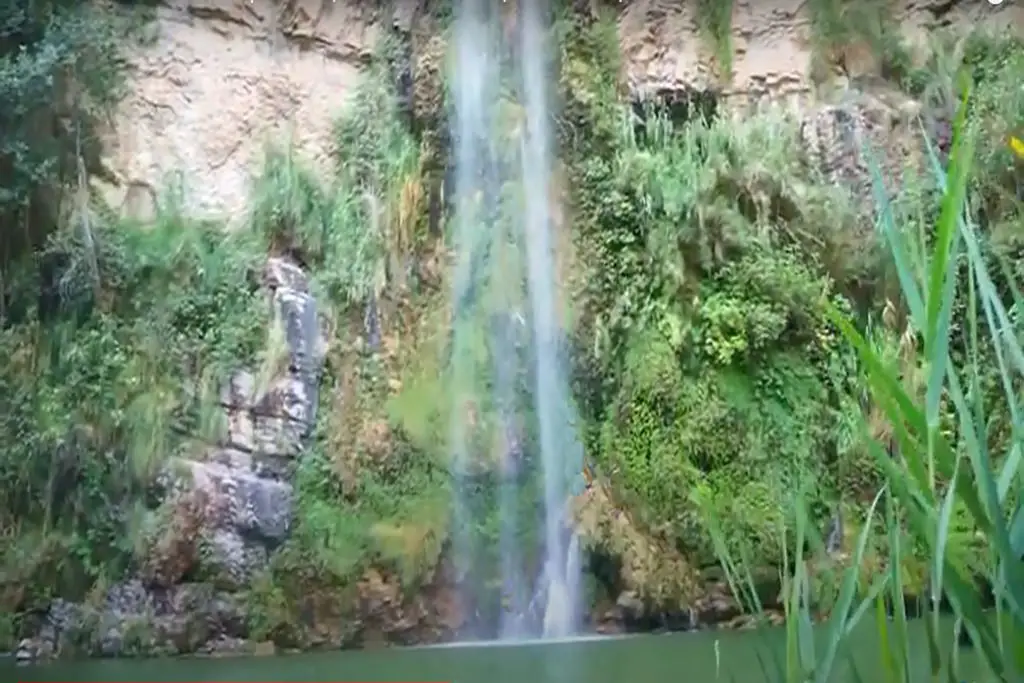Sirsukh is one of the many ancient sites that make up the UNESCO World Heritage Site of Taxila. The city of Taxila was an important center of learning and commerce in ancient times, and it played a significant role in the spread of Buddhism throughout the region.
Sirsukh is an archaeological site located in the ancient city of Taxila in modern-day Pakistan. The site is believed to date back to the 5th century BCE and was an important center of learning during the Buddhist period.
Location of Sirsukh Taxila
Sirsukh is situated on a hill overlooking the surrounding area, and it is believed to have been home to a monastery and other religious buildings. The site contains a number of stupas, or Buddhist shrines, as well as a large number of votive stupas, which were erected by pilgrims who visited the site.
In the vast tapestry of ancient history, where legends intertwine with the remnants of forgotten civilizations, lies the site of Sirsukh. Tucked away on the left side, approximately 0.5 kilometers within the journey from Taxila towards Khanpur Dam, Sirsukh once stood as a testament to modernity.
Sirsukh History
The city was founded around the 6th century BCE, and it flourished under the rule of the Achaemenid Empire and later under the Mauryan Empire. It was also an important center of Buddhist scholarship and attracted scholars and students from all over the world.
Sirsukh was one of the many sites in the city that were built during this period, and it served as an important religious and cultural center. The site was abandoned in the 7th century CE, and it fell into ruins over time.
An intriguing narrative envelops Sirsukh, weaving together tales of its origins. One story speaks of a pandemic that gripped the nearby city of Sirkap, forcing its inhabitants to flee and establish a new settlement named Sirsukh. While this legend adds an air of mystique, not all historians lend credence to its validity. Another intriguing theory proposes that the cities derived their names from two brothers, Sirsuk and Sirkap, whose legacies intertwine with the very stones of the land.
The annals of excavation reveal that the exploration of the site has been a limited endeavor. Between 1915 and 1916, attention was confined to the eastern fringes, primarily focusing on the area towards Qila Bani. Despite this constrained scope, Sirsukh’s historical significance was acknowledged when it was designated a UNESCO World Heritage Site in 1980.
Its proximity to Sirkap, approximately 1.5 kilometers away, underscores the interconnectedness of these ancient urban centers.
Sirsukh’s city layout unfolds in a rectangular fashion, stretching approximately 1500 meters from north to south and 1100 meters from east to west. The fortifications, once grand and imposing, featured walls 18 feet in width, constructed from substantial stones. These walls spanned an impressive length of 4500 feet from east to west and 3300 feet from north to south. Sadly, the ravages of time have eroded much of these once-mighty walls, leaving behind faint traces of their former glory.
Comparing the construction of Sirkap and Sirsukh yields subtle nuances. While both share a common history, their architectural signatures present differences that captivate the discerning eye. Sirsukh’s existence, interwoven with legends and mysteries, beckons to be acknowledged, cherished, and preserved. It stands as a symbol of human ingenuity and endurance across time’s ever-shifting sands.
In the heart of Sirsukh, the echoes of its past reverberate through the corridors of history. As we contemplate its neglected state today, we’re reminded of the need to safeguard these fragile links to our collective heritage. It is our hope that the tale of Sirsukh, once revitalized, will once again find its place in the annals of human memory, a testament to the civilizations that once flourished and the stories they left behind.
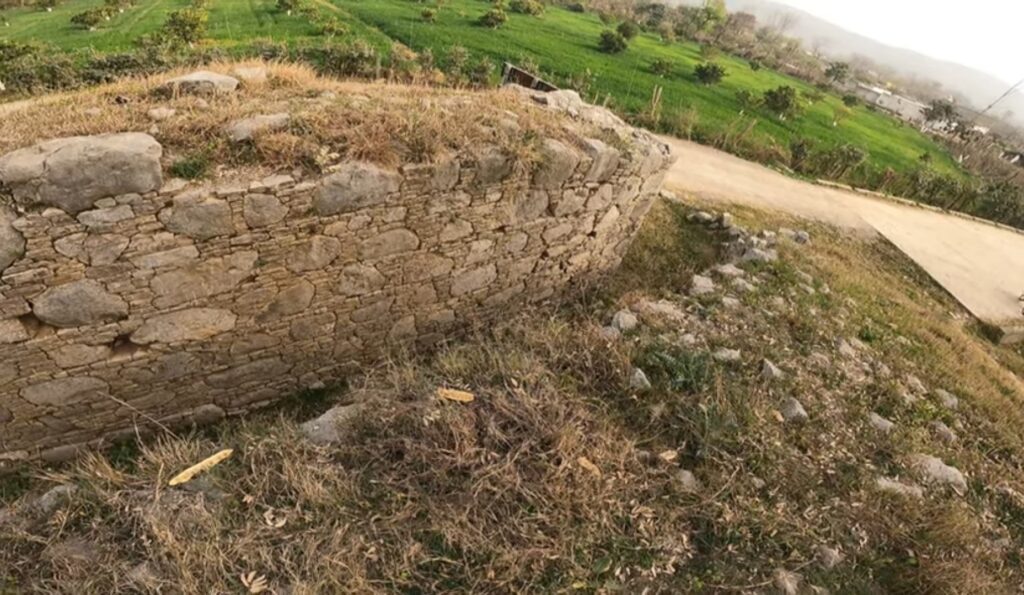
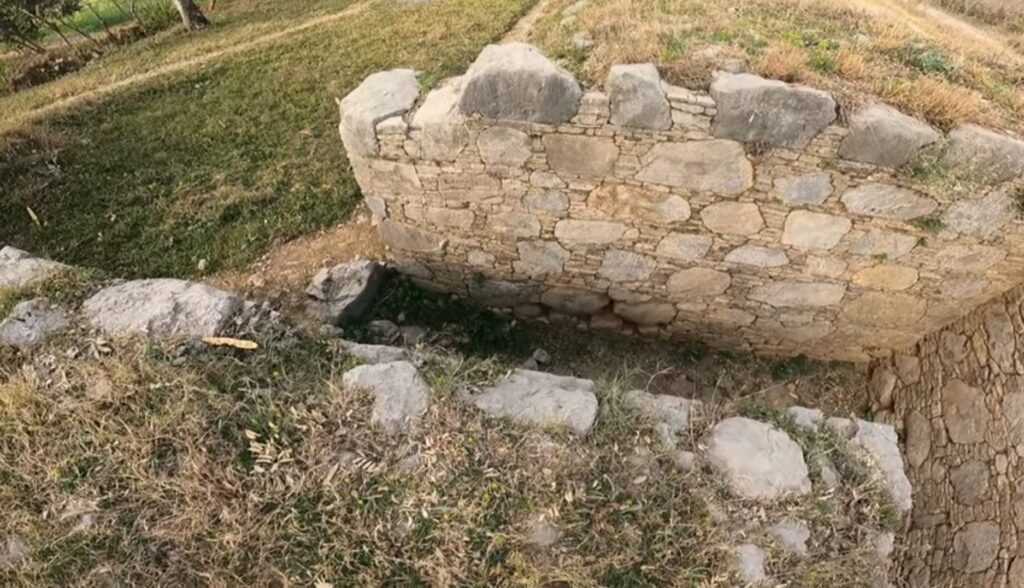
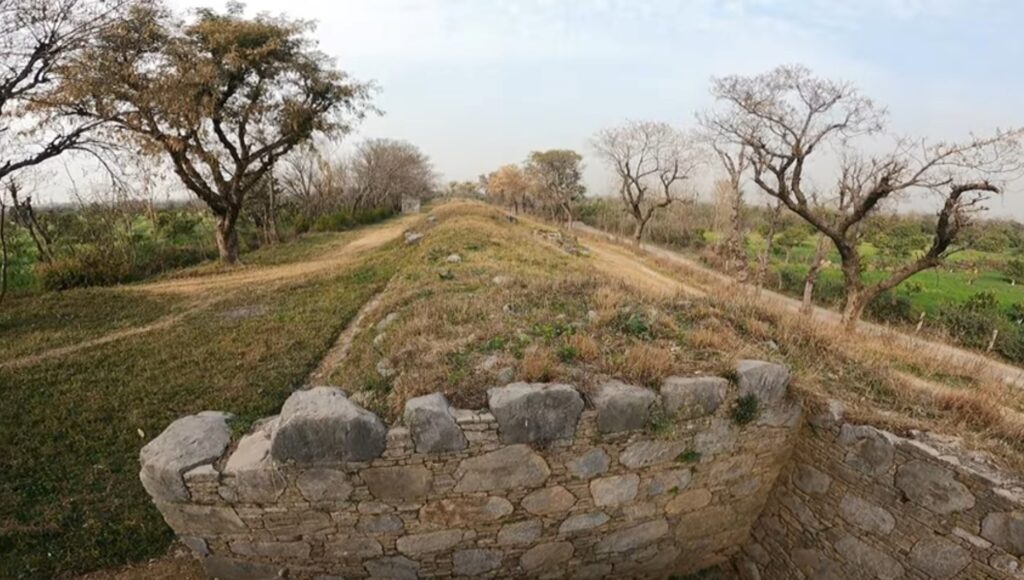
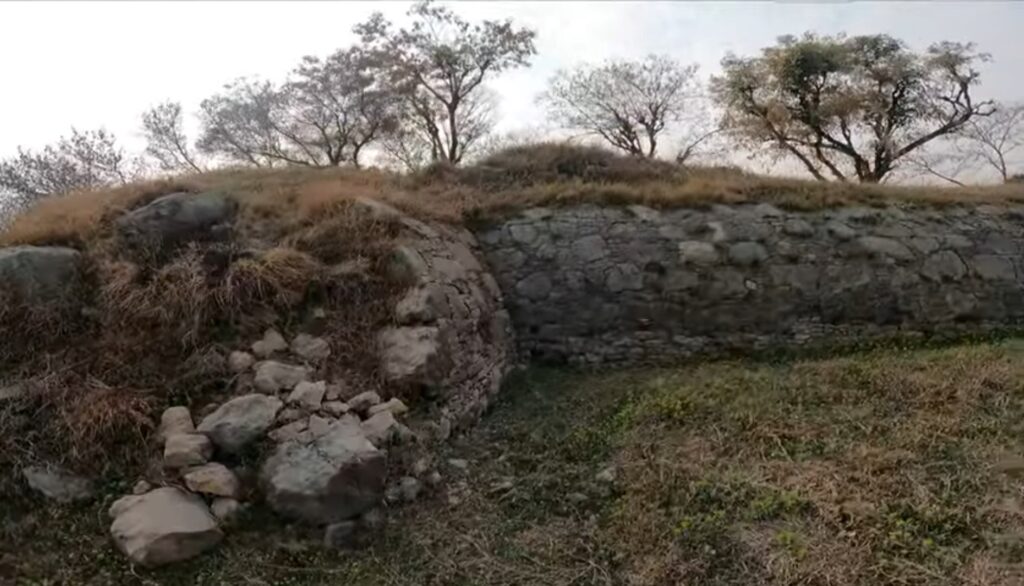
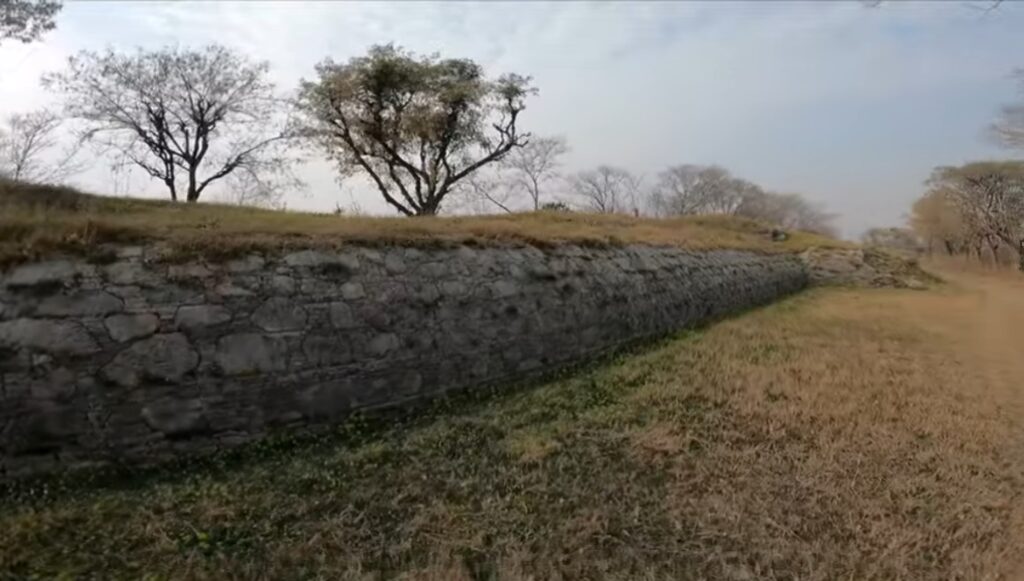
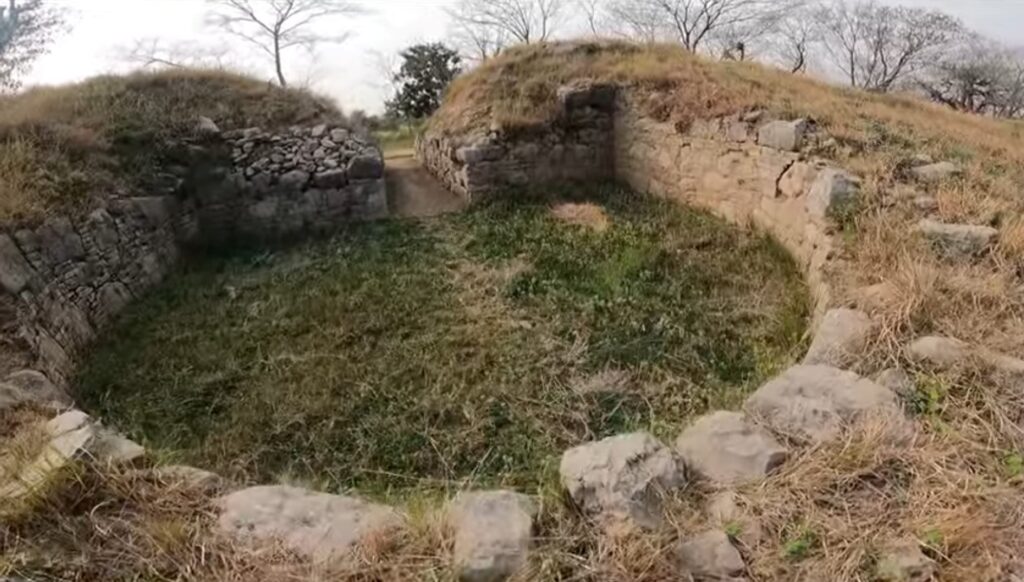
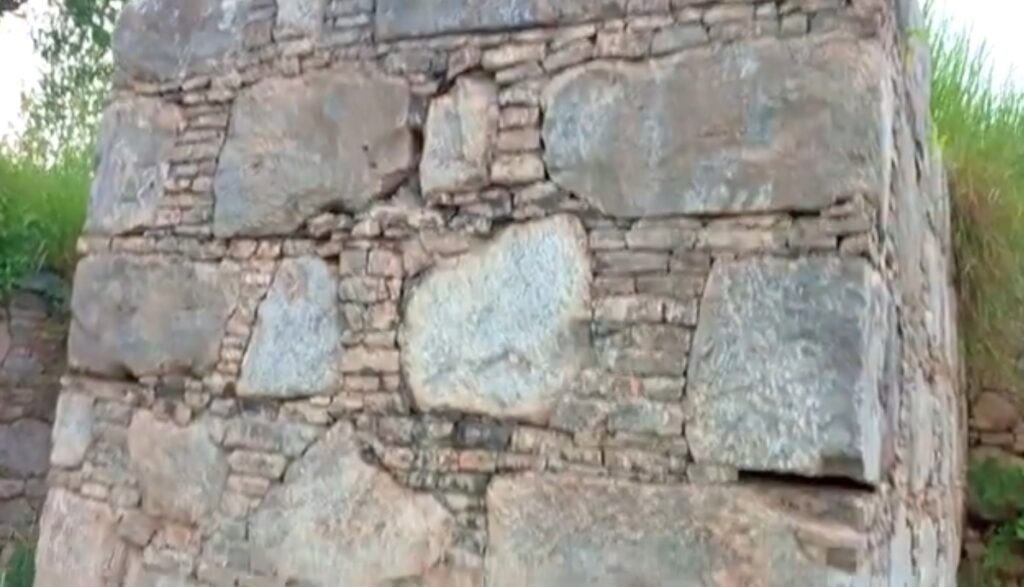
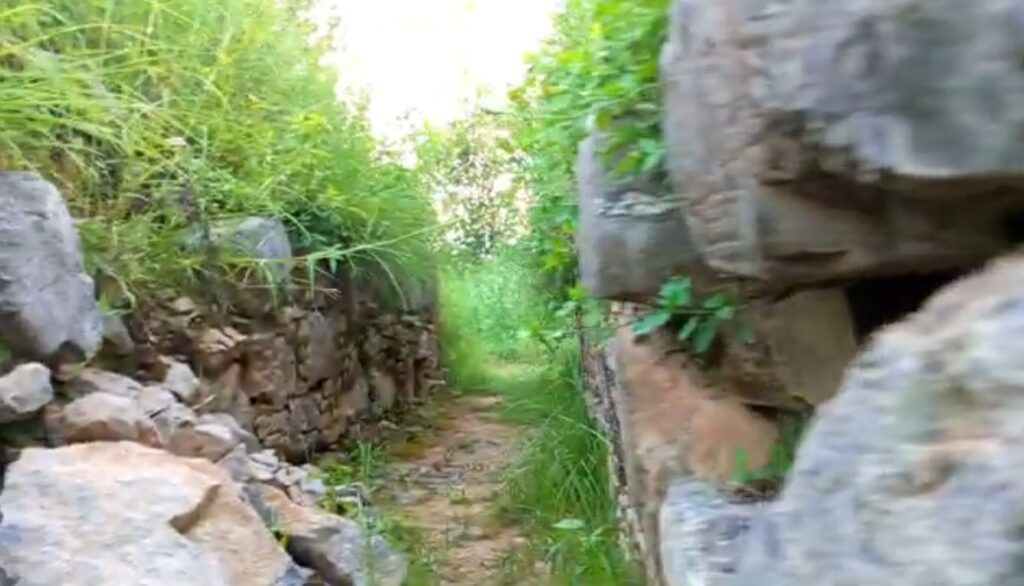
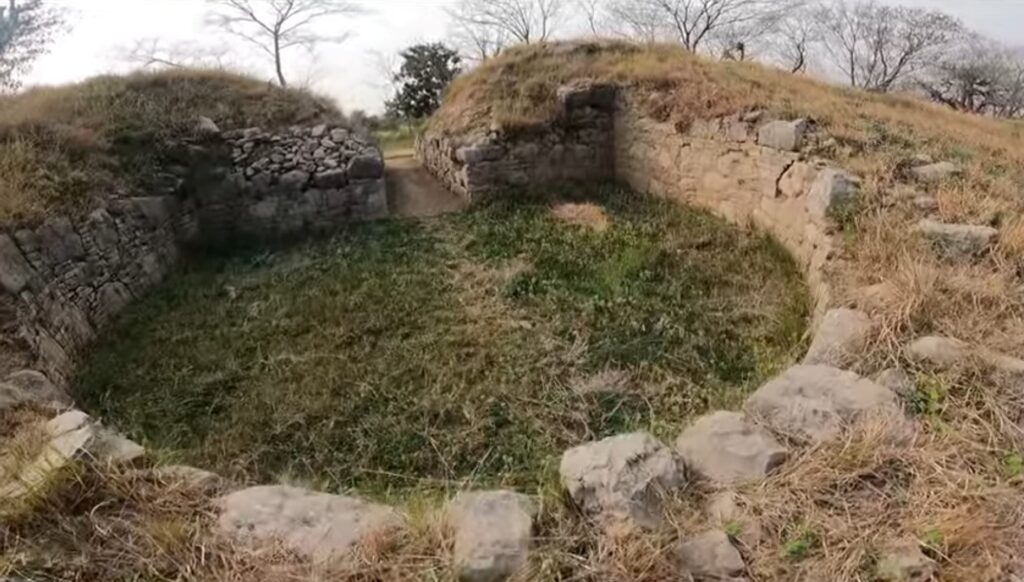
Features of Sirsukh Taxila
Sirsukh is also home to a number of inscriptions and carvings that provide insights into the religious and cultural life of the ancient city. The inscriptions are written in a variety of languages, including Sanskrit, Prakrit, and Brahmi, and they provide information about the history of the site and the people who lived there.
Archaeological excavations at Sirsukh have uncovered a wide range of artifacts, including pottery, coins, and jewelry. These artifacts provide valuable insights into the daily life and customs of the people who lived at the site, and they offer a fascinating glimpse into the history of the ancient city of Taxila.
Tourists in Sirsukh Taxila
Today, Sirsukh is a popular destination for tourists and scholars who are interested in the history and culture of the region. The site is located near the modern town of Taxila, and visitors can explore the ruins and learn more about the rich history of the area.
Regrettably, the passage of time has not been kind to this site, as it languishes in neglect, devoid of the preservation and conservation efforts it so deserves. Arrangements need to be made for the protection and presevervation of these historical and ancient remains.
Today, Sirsukh is a protected archaeological site, and visitors can explore the ruins and learn more about the rich history and cultural heritage of the Taxila region. The site is a reminder of the important role that Taxila played in the development of Buddhism and the spread of knowledge throughout the ancient world.
Overall, Sirsukh is a fascinating and important archaeological site that offers a window into the rich history and cultural heritage of the ancient city of Taxila. Its impressive architecture and artifacts provide valuable insights into the religious, cultural, and intellectual life of the people who lived there, and it is a testament to the enduring legacy of the region.

